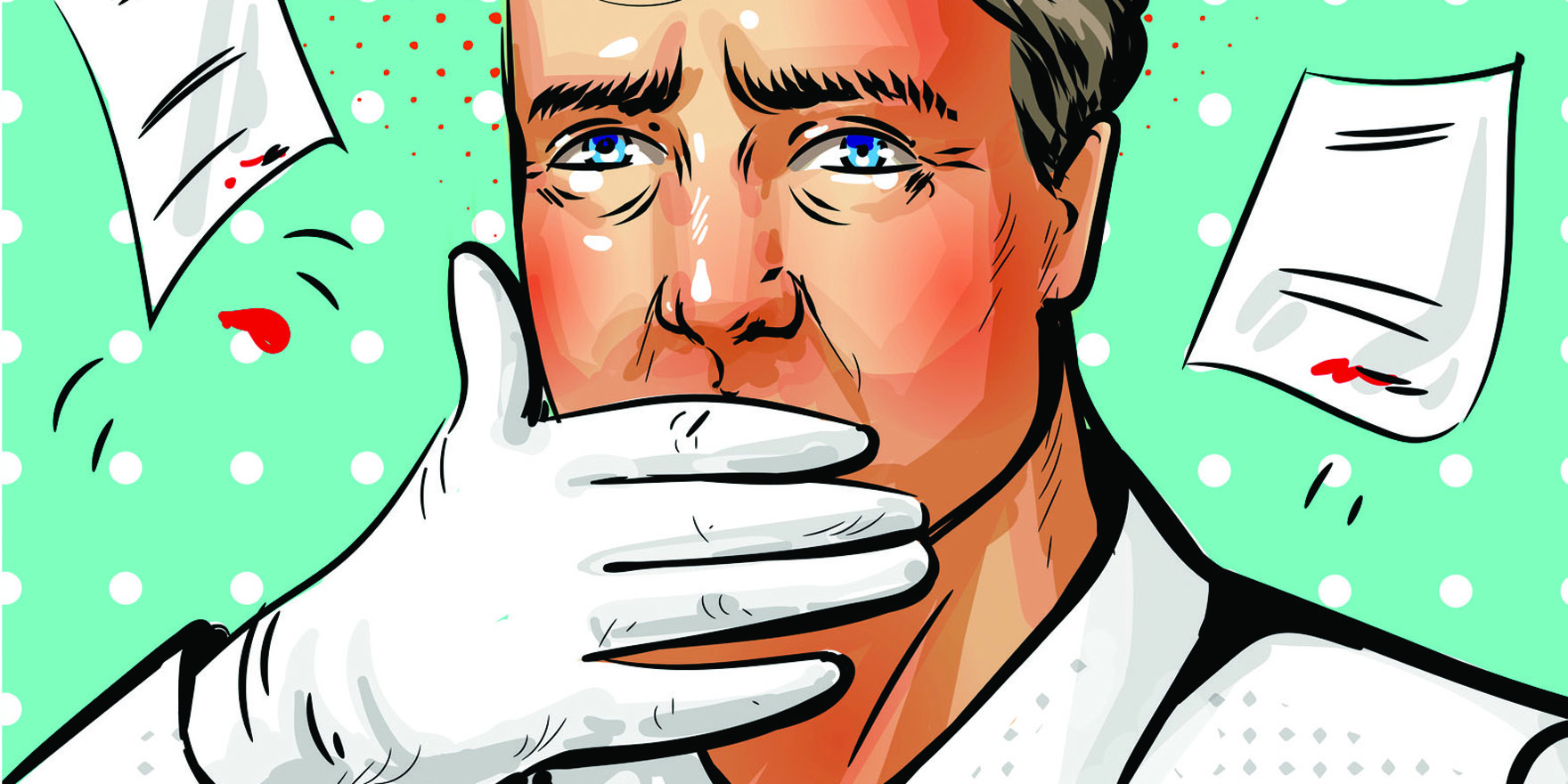Why does Australia have such woeful rates of immunisation for influenza?
Doctors are probably the most powerful influencers when it comes to a patient’s decision to get vaccinated, but some GPs are actively advising against flu vaccination.
“We really need GPs to be recommending flu vaccination, and occasionally they recommend that patients don’t actually have the vaccine,” Associate Professor Julie Leask, a social scientist at The University of Sydney, said.
This attitude might be a hangover from the 2010 flu vaccine, which was suspended by WA Health after causing a higher rate of febrile convulsions in children, she said.
“We are taking years to recover from a vaccine safety scare. Mud sticks.”
Professor Leask said it was time that healthcare practitioners updated their knowledge about the flu vaccine, if they hadn’t already.
“[These vaccines] are very safe,” she said. “There are always minor side effects. There are sometimes serious reactions, but they are rare.”
Specialists were also failing to recommend flu vaccination to patients, even to those who were eligible for a free vaccination under the National Immunisation Program.
Pregnant women should be receiving advice from obstetricians and gynaecologists about getting the flu vaccine, as this would protect babies who could not be vaccinated until six months of age, Professor Leask said.
Women who had a flu vaccine last year in early pregnancy would need this year’s flu shot too, particularly if they were due to deliver in the next month or so, Professor Robert Booy, a paediatrician and the head of the clinical research team at the National Centre for Immunisation Research and Surveillance, said.
Australia had “woeful” rates of immunisation, with flu vaccination being given to only 27% of young children with certain medical conditions, 45% of pregnant women, and 58% of adults with at-risk medical conditions.
The figure dropped to 12% among Aboriginal and Torres Strait Islander children.
Despite high flu vaccination rates of around 80% in people aged 65 and over, this group suffered high mortality during last year flu’s season, which was the worse since the 2009 flu pandemic.
Last year’s vaccine was only about 30% effective against influenza across the entire population. H3 protection was particularly poor, and this strain contributed to deaths from influenza in the elderly, Professor Booy said.
“That H3 is now going to be better covered [this year] because we’ve got a new strain called H3 Singapore, which was isolated in 2016,” he said.
The government is funding two new vaccines for people aged 65 and over, the Fluad adjuvanted vaccine and the FluZone high dose vaccine, both of which boost vaccine effectiveness by about 25%.
The quadrivalent flu vaccine is also now being funded for children aged six months to five years in all states and territories, except the Northern Territory and South Australia.
These added protections gave experts greater confidence that this year’s flu season would be mild to moderate, but “we are not fortune tellers”, Professor Booy said.
Predictions about upcoming flu seasons were only ever about 50% accurate.
“It is certainly the case with B influenza. We get a surge of B every two to four years … and half the time we get it wrong,” Professor Booy said.


